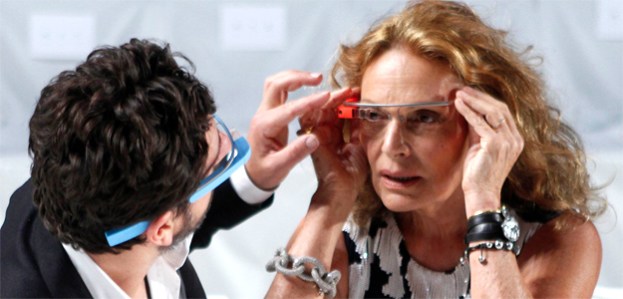 The day when we’ll be able to walk the streets with Google-made glass and gadgetry perched on the end of our nose is coming ever closer, with the company soon to hand out pairs of the high-tech specs to thousands of lucky winners of the Glass Explorer contest which the Web giant launched last month.
The day when we’ll be able to walk the streets with Google-made glass and gadgetry perched on the end of our nose is coming ever closer, with the company soon to hand out pairs of the high-tech specs to thousands of lucky winners of the Glass Explorer contest which the Web giant launched last month.
Entrants were invited to post ideas on Google+ and Twitter with the hashtag #ifihadglass suggesting how they’d like to utilize the device – a smart move by Google, as it gave the company an opportunity to find out more about what regular members of the public are thinking about Glass in terms of its potential. Before now, only Google workers and outside developers have had a chance to put Glass through its paces (and on their face).
In a Google+ post on Tuesday, the Mountain View company announced that the competition results are now in, and that in the coming days invitations to its Explorer Program will be sent out via Google+ and Twitter.
“There were so many creative, diverse, and (sometimes) crazy applications,” the company said on Google+. “We’ve certainly learned a lot through this whole process and it’s inspiring to hear how much passion there is for Glass.”
A quick glance at the #ifihadglass Twitter page shows the range of ideas the folks at Google had to sift through, from “I would record surgeries for video teaching libraries” to “I would document what remains of my life to share with my children” to someone who took a rather different approach: “Dear Google, pleeeeeeeeease let me try these..oh please oh please oh please. I’d do anything!!!!” It’ll be interesting to see if that one gets the nod from the Web company.
Google noted in its post that while it had received some great ideas from businesses, the current competition was for individuals only. “However, we are working on connecting with businesses in other ways,” Google said.
So, if you entered the contest, keep your eye on the relevant sites to find out if your idea caught the imagination of those in charge – and check your bank balance too, as you’ll need to cough up $1500 before you can get your hands on them.


